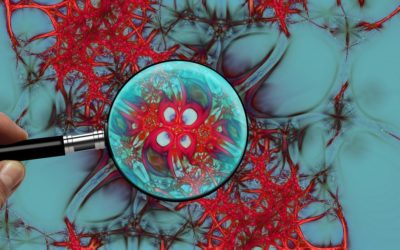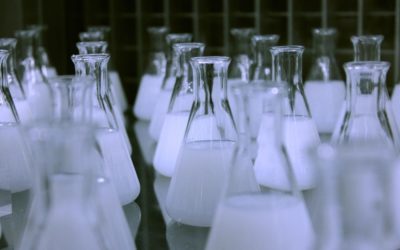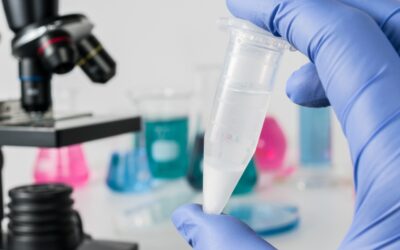Studies of Hexarelin in Cell Function
Hexarelin is classified as a synthetic growth hormone-releasing peptide (GHRP) that has been widely studied within the context of cardioprotection and cell function. This peptide has been employed in laboratory conditions to elucidate the action of ghrelin, a hormone...
Adipotide Peptide Research in Weight
Adipotide, aka FTPP or Fat Targeted Proapoptotic Peptide, is a synthetically developed peptidomimetic compound containing pro-apoptotic elements. Adipotide was developed to inhibit the proliferation of cancer cells through starvation. Research has suggested the impact...
Research in Epitalon Peptide and Cell Aging and Metastasis
Epitalon - also commonly referred to as Epithalamin and Epithalon - is a synthetic tetrapeptide, that is made up of 4 amino acids: Glutamic, Glycine, Aspartic, and Alanine. It has a molecular structure of C14H22N4O9 and a molecular weight of 390.35 grams per mole. It...
Thymosin Beta 4 (TB-500) and Tissue Repair
TB-500 / Thymosin beta 4 is made up of 43 amino acids, making it a oligopeptide, and has a molecular weight of 4.9 kDa. It is considered to be present in most tissues, with the exception of erythrocytes (red blood cells). The peptide was initially discovered as a...
Ipamorelin Peptide Studies in Growth Hormone Release
Ipamorelin is a pentapeptide made of 5 amino acids. It is classified as a growth hormone-releasing peptide (GHRP) because it has an amino acid sequence of Aib-His-D-2-Nal-D-Phe-Lys-NH2. Its molecular structure is C38H49N9O5, and it has a molecular weight of 711.9...
Storing and Handling Peptides
Specific laboratory conditions are necessary for the proper handling and preservation of peptides. Though they occur naturally in protein-rich environments, peptide storage must meet optimal conditions to maintain stability and integrity. Storage and shelf-life depend...
Research in Copper Peptides and Biochemical Processes
Peptides are naturally occurring short chains of amino acids that bind together to make proteins. Certain copper-derived peptides are hypothesized by researchers to potentially induce the formation of a multitude of protein bodies such as collagen, and various fibers,...
Peptide Profile: CJC-1295 & Ipamorelin Blend
What is a Peptide? Peptides are naturally occurring short chains of amino acids, which serve as the building blocks of proteins. Proteins differ from peptides as they contain long-chain amino acids. Peptides function as fundamental units of cells, enzymes,...









